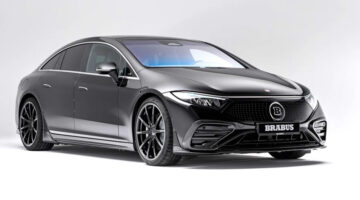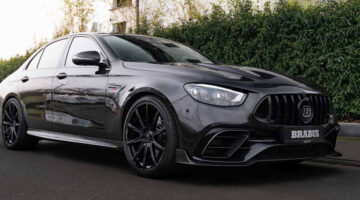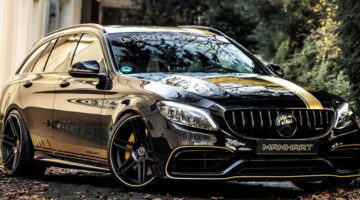crankandpiston.com grabs a word with Dwight T Knowlton – author and illustrator of the popular The Little Red Racing Car children’s storybook – to discuss his latest work (The Greatest Race), it’s subject matter (the 1955 Mille Miglia), and collaboration with Formula 1 legend Sir Stirling Moss.
[Not a valid template]When his son was born, Dwight T. Knowlton was keen to find a book the two could enjoy together, one that championed the father-son relationship but which also introduced junior to his father’s love of cars. Finding none – rather remarkably – Dwight decided to create one, and into the breach after many months of hard work stepped The Little Red Racing Car, the story of a 1950s Maserati 300S abandoned in a barn, discovered by a young boy, and restored together with his father. ‘Simply’ creating the story though wasn’t enough, and after many more months of hard work and effort, Dwight had raised the $25,000 required to get the book published.
Heart-warming, isn’t it? Even more so when we learn that Dwight has been an enthusiastic artist since he could hold a crayon, though would never dream of using the term himself.
“I wouldn’t call myself an automotive artist,” Dwight explains to crankandpiston.com. “I entered a couple drawings and paintings in contests while in high school, then began as a fine art major in college. I fell in love with design and left fine art behind, but drawing has been a vital part of my work for the past dozen years or so, and I still do an automotive painting every now and then. My return to creating in earnest though was just a couple years ago.”
Little did Dwight know that his return to creativity – The Little Red Racing Car – would prove as successful as it has been. The book is already available in 20 countries worldwide and will this year be translated into several languages. Against competition from thousands of other children’s books, TLRRC’s individual style (described as ‘charming’ by several reviewers) has helped give Dwight’s work the edge.
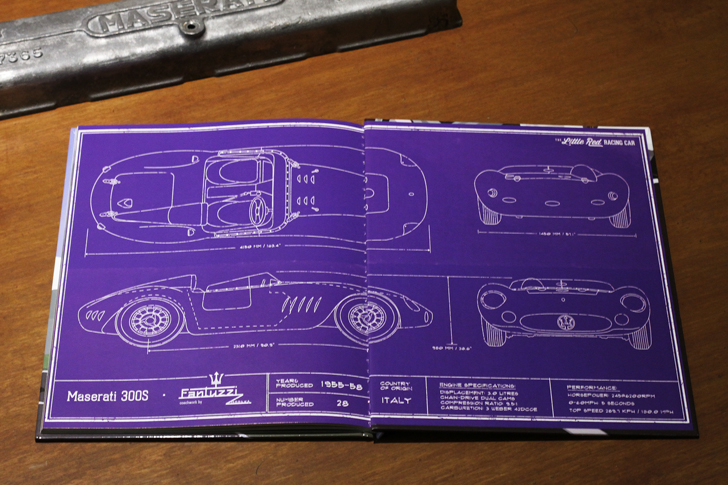
“Ultimately, it’s all about the style representing the subject matter, the tone of the book, and the time period it’s set in,” Dwight explains. “The style of these books is very intentional to the stories themselves. I explored style quite a bit on my way to the final look for TLRRC and threw out a lot of work that wasn’t quite what I was after.
“I start everything with research, so I know the story the pictures are telling ahead of time. Once I know what I’m illustrating, I have to decide how I explore multiple angles both by looking at a model of the car and with a series of rough sketches. When I have created the rough ‘thumbnail sketch’ that conveys the desired emotion, I create a tighter line drawing at full size. This is what I will paint from digitally. Once the final sketch is drawn, there’s usually about two days spent painting at the computer. Painting digitally is a very similar process to painting for real – but without the mess, and with the ‘undo’ button!”
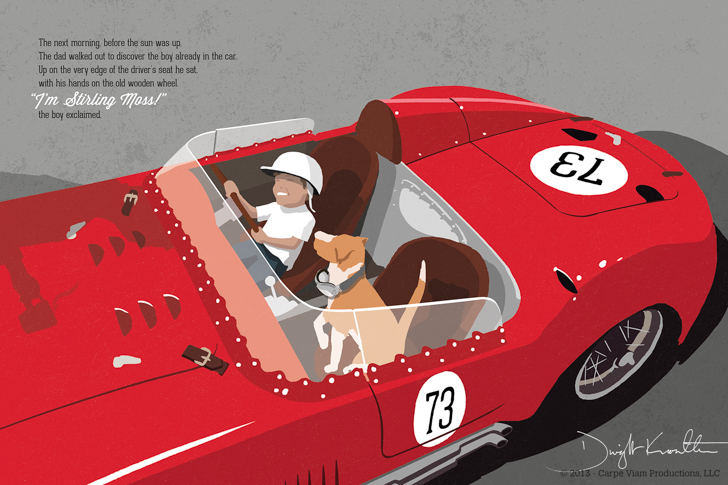
Initial sketches can take between an hour and a few weeks, depending on the clarity of the story and the complexities of the subject matter. But having mastered a 1950s Maserati for his first tentative steps into authorship with TLRRC, Dwight wasn’t about to make life easy for himself when he began work on the story’s ‘successor’. Similar in style to the first book, The Greatest Race chronicles THAT Mille Miglia victory by Sir Stirling Moss in 1955.
59 years ago this month (and up against the might of Ferrari’s 118 LM and Maserati’s A6GGS), Sir Stirling – accompanied by legendary British journalist Denis ’Jenks’ Jenkinson – completed the formidably dangerous 1597km run in 10h 7.48m at an unprecedented 160kph. This at a time when safety standards in motorsport were woeful (the Mille Miglia was disbanded after two horrific accidents claimed the lives of three competitors and nine spectators, five of whom were children), when the deafening roar from the eight-cylinder engine made communication bar hand signals impossible, and when competition included Porsche icon Hans Hermann and then three-time Formula 1 World Champion Juan Manuel Fangio (both Mercedes-Benz works drivers like Sir Stirling). If this was not hair-raising enough, the Mercedes 300SLR used by Sir Stirling and Jenks was entering its debut race and with ‘inferior brakes’ neither thought would last the distance. Such was Sir Stirling’s pace though that the gap to second-placed Fangio at the flag was an incredible 32-seconds. In it’s (official) 30-year history, only three driver pairings born outside Italy have taken the Mille Miglia chequered flag, while Sir Stirling’s remains the sole win for a British competitor on the event. To many, his 1955 victory is considered one of the greatest ever competitive drives in motorsport. As the storyline for a children’s book, the drama and action writes itself.
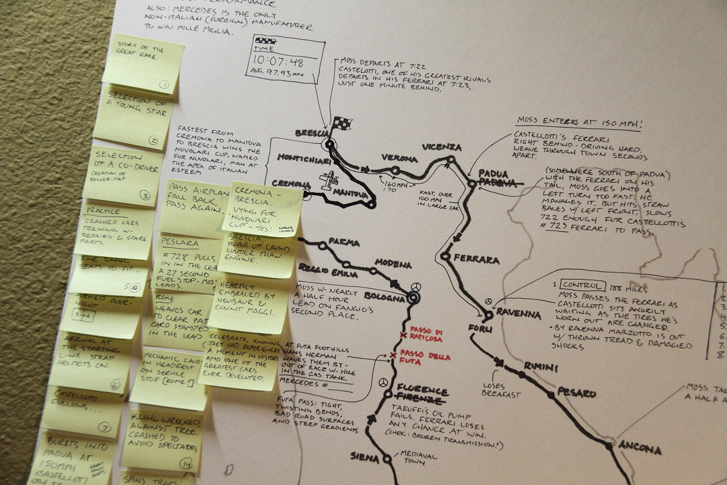
“TLRRC was fiction, so every choice was completely up to me,” Dwight continues. “For The Greatest Race, it’s all fact, so while I get to sift through and decide which highlights make the cut, the story has to stay the same. There are a lot of ‘epic’ moments in this story, like jumping a bridge at 270kph and sliding round blind mountain corners at over 160kph, but there have to be moments that tie them all together in the story – the ‘essential’ illustrations – like the Jenks losing his breakfast over the side of the car!”
Of course creating the emotions and atmosphere of the 1955 endurance race is tough enough, but thanks to incomplete historical records from this period, tying them together proves somewhat trickier.
“There are a lot of photos that reference the start and finish of the Mille Miglia, and a few in the middle, but there aren’t really photos of the highlights. When a race is 1600km long, there can’t be a photographer at every bend and every bridge, especially in pre-digital 1955. While I have every known account of the race in print, I still have to invent each scene. For the 270kph bridge jump for instance, I know approximately what stretch of road it occurred on and the general design of the bridge, but that’s about it. This is the part that’s the most exciting for me: taking something that only exists in text and creating a picture that makes it real, and if successful, exciting.”
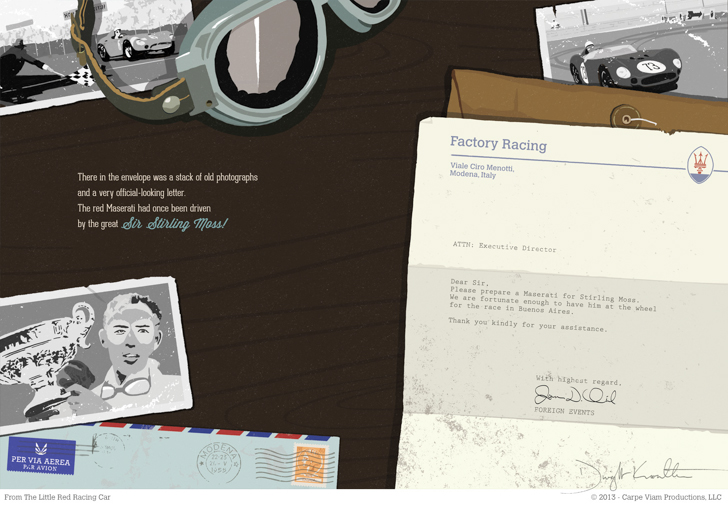
Those of you thinking that the story featured little or no involvement from Sir Stirling Moss and Mercedes-Benz would be mistaken. An ardent enthusiast of Dwight’s work, the 16-time F1 Grand Prix winner – having also leant his name to The Little Red Racing Car – was keen to offer his insight and recollections for the sake of authenticity.
“Mercedes-Benz has been very helpful, allowing me access to all archival photos relevant to both the 1955 Mille Miglia, the 300SLR and #722 [Sir Stirling’s entry number in accordance with his starting time]. It’s also been amazing sending notes over to Sir Stirling and getting responses from either he or Lady Susie, often the same day. They’ve been incredibly kind and supportive. In one of the accounts of the race, I found reference to Sir Stirling and Jenks overtaking a twin-engine airplane that was filming the event. This was a real highlight for Jenks and he told the story many times, but I couldn’t find any information nailing down where it took place. I checked in with Sir Stirling and now the ‘airplane overtake’ is called out on my map. This sums up my experience with Sir Stirling. He has exceeded my expectations every single time.”
Many would say the same about The Little Red Racing Car and Dwight T. Knowlton.
– Our thanks to Dwight T. Knowlton

